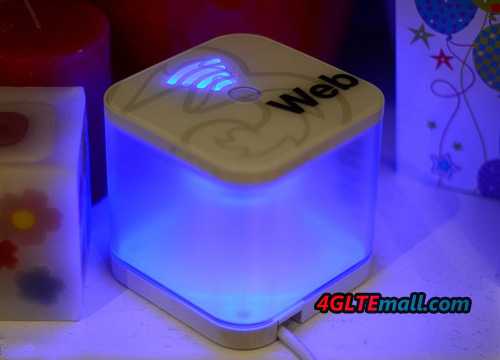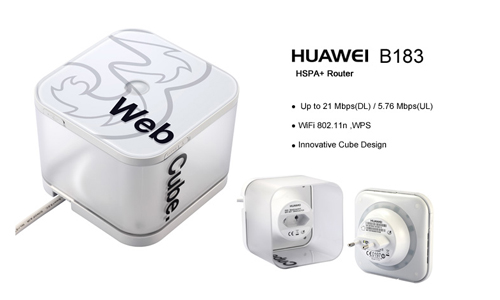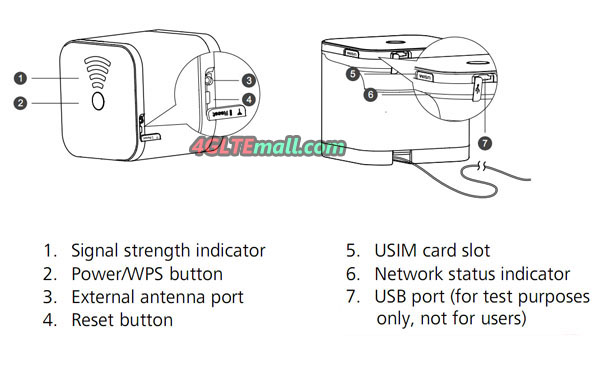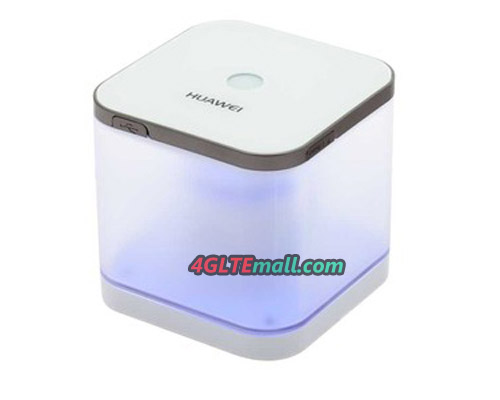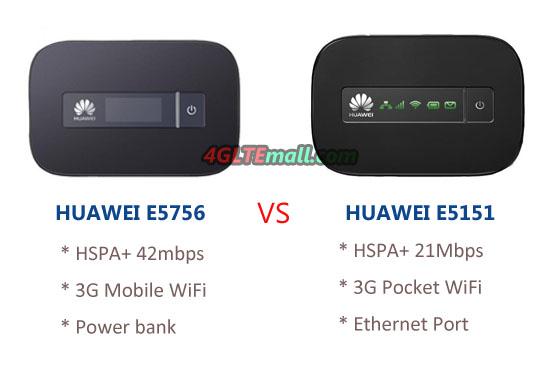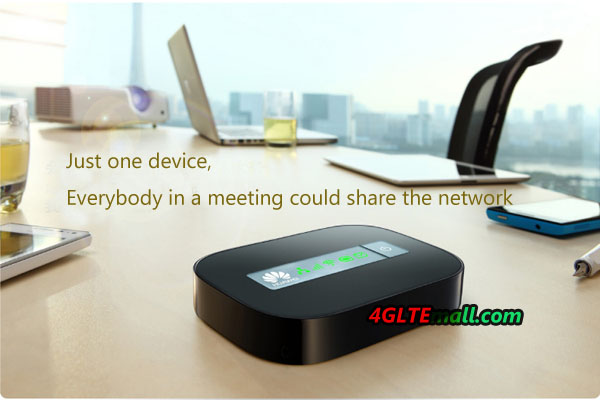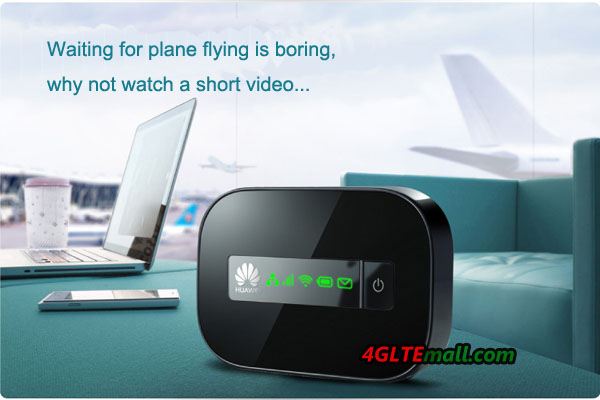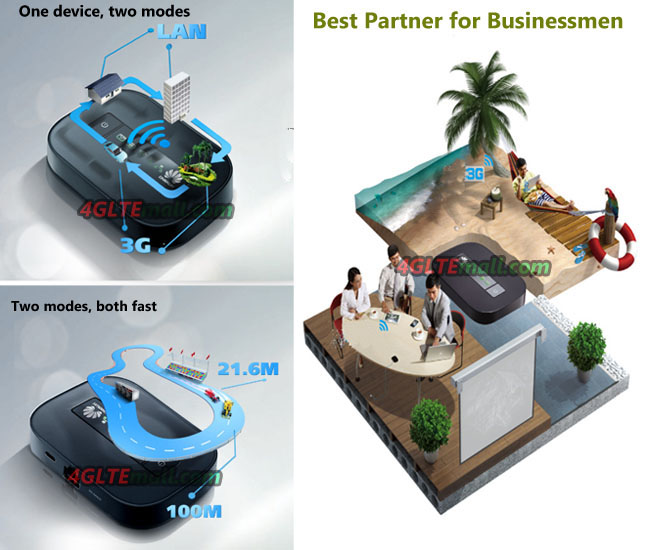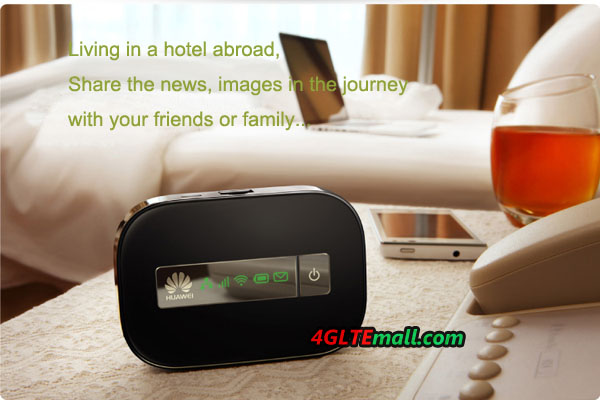Mobile operators have pulled out of the expensive purchase of UMTS licenses, the expensive construction of UMTS networks and the subsequent price of their teachings battle for customers.
But with LTE, users pay only a fraction of the transmission frequencies. For network construction, the price is the decisive criterion in selecting among the network equipment. And customers for data services in LTE networks will have to pay significantly more than what they have been accustomed to from UMTS networks.
UMTS: The more data, the more cheaper
The mobile plan has a problem; you need to inject more data into ever cheaper prices through their wireless networks. Since the new technology LTE is just right, the cost of production for fast data transmission in mobile communications should be lower. The cost per bit is lower for the network operators from four to ten times more than in HSDPA. This is also related to the fact that through new applied in LTE radio technologies, such as multiple-antenna method MIMO or the new modulation schemes OFDMA, with ten times more. LTE phones can be provided at a location with high speed internet than with UMTS. With LTE, so the profit margin is the mobile data tends to increase and the number of potential customers multiplied at one location.
LTE Expansion Cheaper than UMTS
The cost of the LTE expansion circulates different numbers. The bidding for the frequencies is already certain.
Expenditure incurred in the bidding for the frequencies, the cost for network deployment. The US firm Aircom, a network specialist, estimates that a mobile operator in Central Europe needs to spend about 670 million euros for the LTE network construction in the first year.
Lot of costs should come together after all, it must not only upgraded base stations to LTE or LTE base stations will be built, it must be a new IP-based core network to be created. And finally, the data lines must be upgraded from the base stations to the new core network to process the large amounts of data, because what good is fast wireless network if it only blcks the access to the core network. This looks like a high investment.
Pressure on network equipment
In order to make sense economically, the LTE expansion should cost only a fraction of what was spent on the construction of UMTS network, so the experts explain the Finnnish IT consultancy Rewheel. My solution to this dilemma: The network equipment should rethink their pricing somewhat.
New tariffs: LTE’s are not as bargain
After the business model was not a UMTS rousing success for many years, the mobile operators want LTE would not have to wait due to the investment pays.
And that probably means that they do not just invest less than in the UMTS networks, but they will charge higher prices at the retail level.
LTE is surely not only once at a bargain price.
